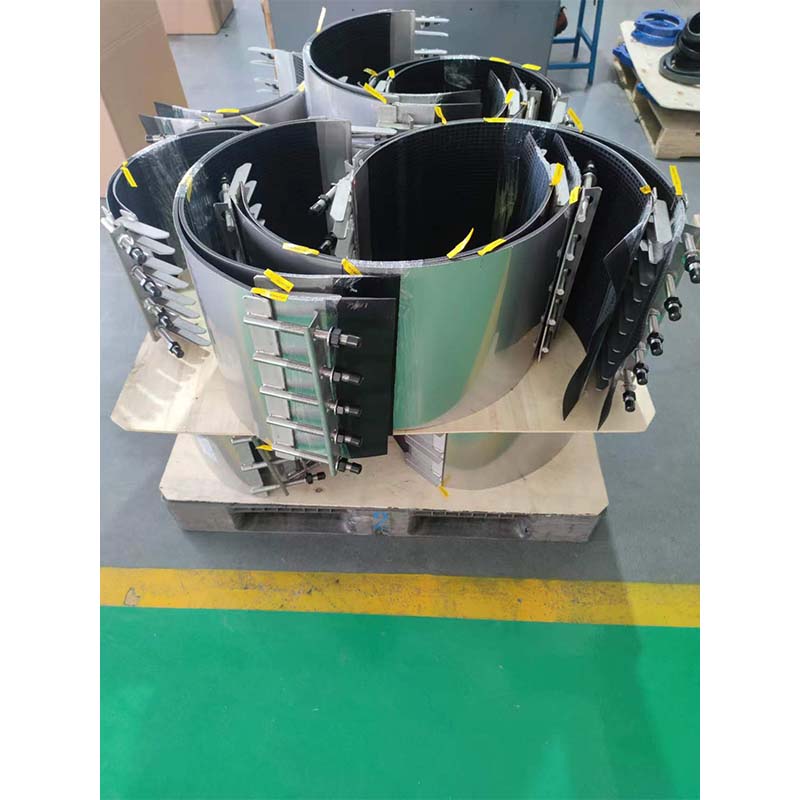Retractable Bollards for Enhanced Security and Traffic Management Solutions
The Rise of Automatic Bollards Enhancing Urban Safety and Accessibility
In the rapidly evolving landscape of urban infrastructure, safety, security, and accessibility have become paramount. One noteworthy innovation that has gained traction in recent years is the automatic bollard. These sturdy, retractable posts are designed to enhance urban environments by managing vehicle access, deterring unauthorized entries, and improving pedestrian safety. As cities strive to balance the influx of vehicles with the need for safe public spaces, automatic bollards are becoming indispensable tools in urban planning.
Functionality and Benefits
Automatic bollards serve a multifaceted role. Primarily, they regulate vehicle access in pedestrian-heavy areas, such as shopping districts, parks, and historical sites. By allowing authorized vehicles while blocking unauthorized ones, they help maintain a safe environment for pedestrians. This functionality is particularly crucial in urban areas where foot traffic is high, and the risks associated with vehicles are ever-present.
One of the outstanding features of these bollards is their automation. Through the integration of advanced technologies, such as sensors and remote control systems, automatic bollards can be programmed to lower or rise based on specific criteria. For instance, during designated hours, the bollards can allow delivery vehicles to access commercial areas while automatically rising to block access at other times, creating a safer pedestrian environment.
Moreover, automatic bollards contribute to enhancing urban aesthetics. Many manufacturers produce bollards in various designs and finishes, allowing cities to select styles that match their unique architectural identities. From sleek, modern designs to traditional styles, there exists a bollard for every urban palate, avoiding the appearance of a heavily fortified environment.
Security Advantages
automatic bollard

The security benefits of automatic bollards cannot be overstated
. As urban centers face threats ranging from vehicle ramming attacks to unauthorized vehicular access, the need for effective physical deterrents is crucial. These bollards provide a robust defense mechanism against such threats, ensuring that key locations—such as embassies, shopping malls, and event venues—are better protected against potential vehicular attacks.Automatic bollards can be constructed from heavy-duty materials capable of withstanding substantial force, further bolstering safety. Their presence serves as a clear visual signal to potential perpetrators that vehicle entry is not permitted, effectively deterring malicious activities. When integrated into a broader security strategy, automatic bollards can significantly reduce the likelihood of incidents, providing peace of mind for city dwellers, visitors, and business owners alike.
Accessibility and Traffic Management
Aside from their security and safety benefits, automatic bollards play a crucial role in traffic management. As cities grapple with congestion and the challenges of urban mobility, these devices help delineate vehicular and pedestrian spaces. By controlling vehicular entry into sensitive areas, they can significantly reduce traffic congestion in busy districts. This effective management promotes not only pedestrian safety but also enhances the overall experience of navigating through urban landscapes.
Furthermore, automatic bollards can assist in creating more accessible environments. By controlling vehicle access to spaces designated for pedestrians, cyclists, and public transport, they foster a welcoming atmosphere for all. This ensures that individuals, regardless of their mobility challenges, can navigate urban spaces without the threat of vehicular interference.
Conclusion
In conclusion, automatic bollards represent a significant advancement in urban safety and accessibility. By managing vehicle access, enhancing security, improving aesthetics, and aiding in traffic regulation, they contribute to the creation of safer, more efficient urban environments. As cities continue to expand and evolve, embracing innovative solutions like automatic bollards will be essential in promoting pedestrian safety while fostering vibrant and accessible public spaces. The future of urban infrastructure will undoubtedly rely on such intelligent designs, prioritizing community well-being in the heart of bustling urban life.
-
The Smarter Choice for Pedestrian AreasNewsJun.30,2025
-
The Gold Standard in Round Drain CoversNewsJun.30,2025
-
The Gold Standard in Manhole Cover SystemsNewsJun.30,2025
-
Superior Drainage Solutions with Premium Gully GratesNewsJun.30,2025
-
Superior Drainage Solutions for Global InfrastructureNewsJun.30,2025
-
Square Manhole Solutions for Modern InfrastructureNewsJun.30,2025
-
Premium Manhole Covers for Modern InfrastructureNewsJun.30,2025
